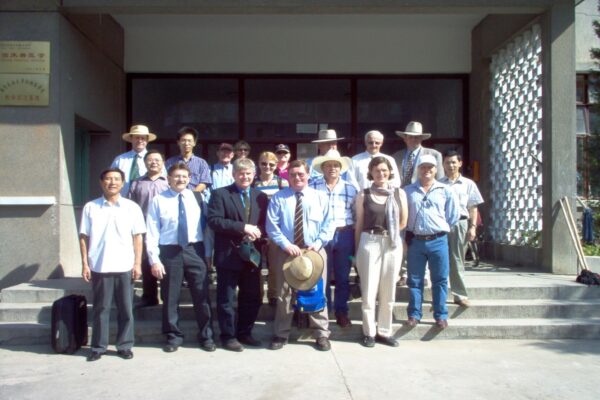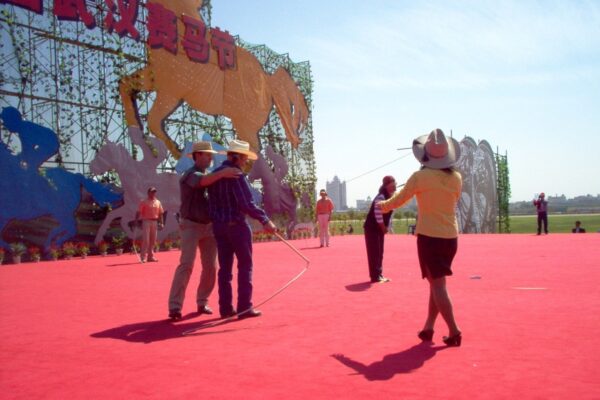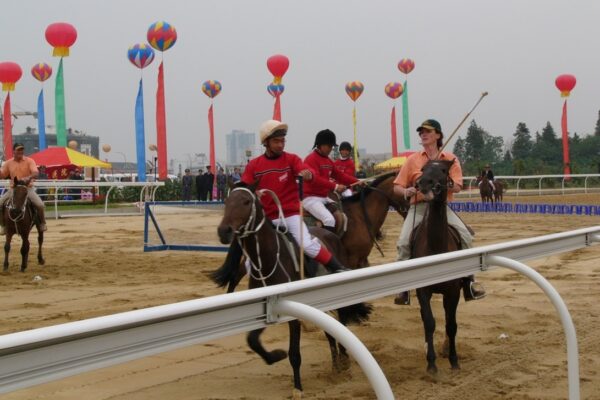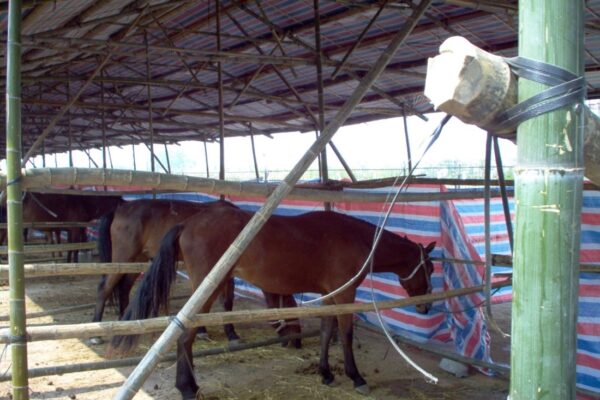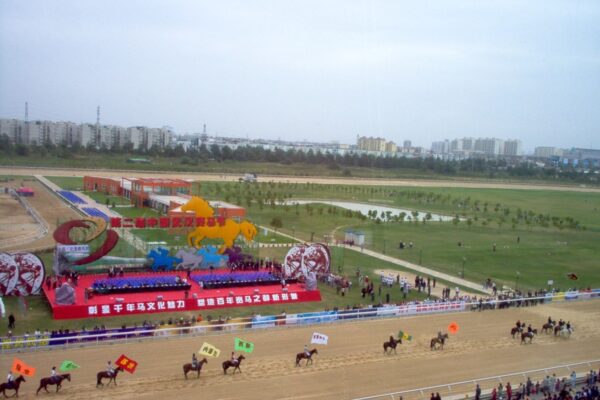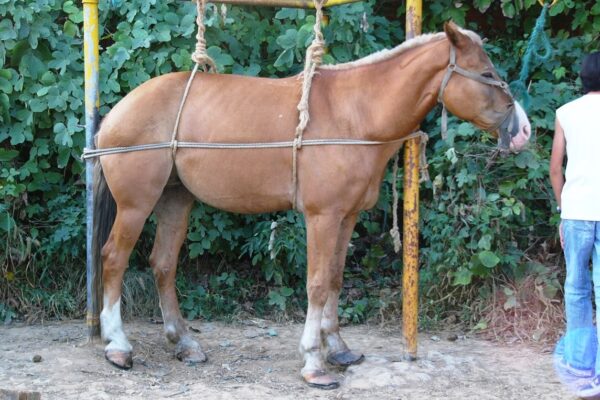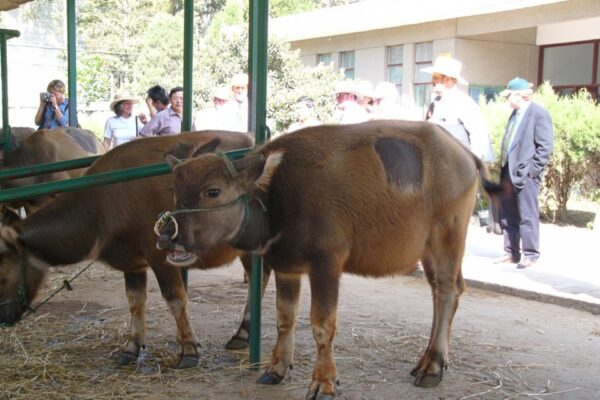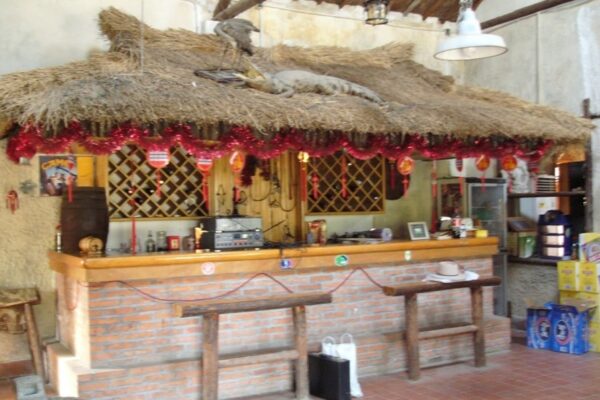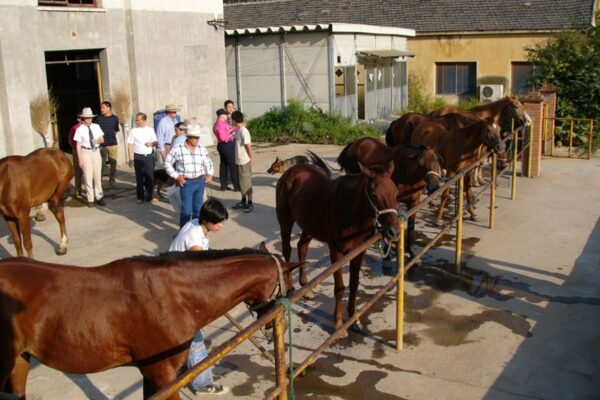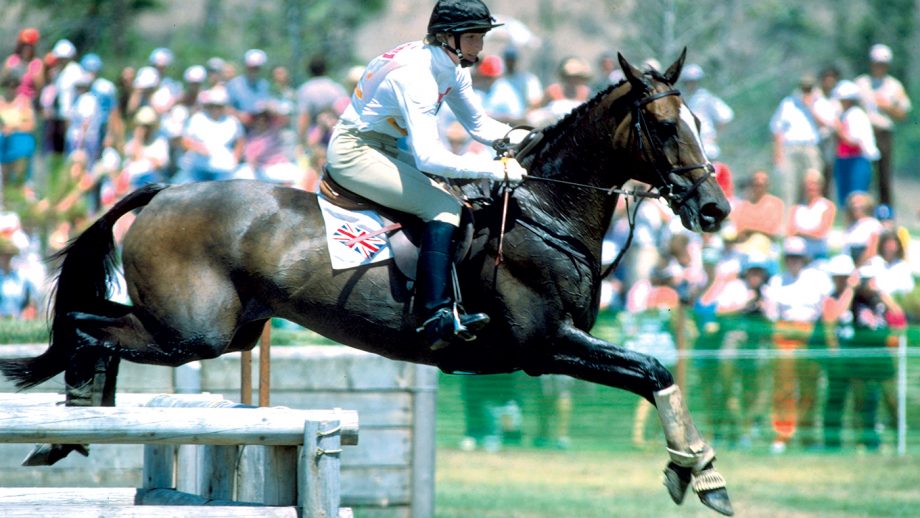One Health
I’m prompted to post the following. It’s an enduring passion of mine which I should have vigorously pursued. I’ve done nothing. Thank you, Dr Mark Schipp, for your most erudite encomium. I gratefully acknowledge my professional colleagues and the Australian Veterinary Association.
See: Dr Mark Schipp on operationalising One Health across the veterinary profession (ava.com.au)
Dr Mark Schipp on operationalising One Health across the veterinary profession.
13 Jul 2023
ACVO Mark Schipp with Tiggy Grillo and Steve Unwin from the WHA alongside WOAH DG Monique Eliot at WOAH GS 2023
The COVID-19 pandemic has highlighted the importance of One Health, the collaborative, multisectoral and transdisciplinary approach to optimising the health of all living things, that recognises the interdependence of the health of humans, animals, plants and the environment. The One Health approach is essential to preventing, predicting, detecting, and responding to future global health threats. Given the importance of animals including wildlife in our lives, veterinarians are at the coalface of operationalising One Health and have an important role to play.
The Quadripartite Alliance One Health expert panel’s new definition for One Health is ‘an integrated, unifying approach that aims to sustainably balance and optimise the health of people, animals, and ecosystems’, which emphasises the importance of mobilising different sectors, disciplines and communities to collaboratively manage health challenges. One Health bridges health and conservation, and the underlying principles of this approach emphasise the importance of wildlife conservation and biodiversity to ecosystem health. A clear definition enables progress to operationalise One Health and the ability to monitor and evaluate the benefits which is essential for ongoing funding, policy integration and sustainability.
Zoonotic disease threats
Zoonotic spill-over events from animals with pandemic-potential have been occurring more frequently in recent decades. Examples include Ebola, West Nile, Nipah and Marburg viruses. Here in Australia, there have been at least three such new diseases that have emerged spilling over into livestock or humans, including Hendra virus (1994), Australian Bat Lyssavirus (1996), and Menangle virus (1997). The expansion of Japanese encephalitis virus to southern states in Australia last year required a One Health approach across jurisdictions including the need for rapid data sharing. Learnings from this outbreak have greatly assisted the One Health approach to the design and function of the Australian Centre for Disease Control (CDC), which is being established to improve Australia’s response and preparedness for public health emergencies especially those with zoonotic origin.
A paradigm shift
Since early 2020 Australia has taken a leadership role advocating for global reforms to international health systems, to focus on sorely needed prevention-focussed interventions that take a One Health approach to addressing the drivers of disease emergence and prevention of future pandemics at their source in animals and the environment.
This is a seismic shift away from a collective emphasis on response-focussed measures that aim to contain and control pathogens after their transmission through the human population. To support this, the Australian government provided seed funding to the World Organisation for Animal Health (WOAH) to instigate a new global program aimed at identifying and mitigating high-risk interactions along the wildlife supply chain, reducing the risk of disease spillover events at markets selling wildlife and the development of guidelines and standards that support individual countries to address risks in their local context. My office is also actively engaged in Pandemic Treaty negotiations within which One Health and prevention-focussed measures are one of our top priorities.
As with all change journeys, they begin at home, and while we’re advocating internationally for a stronger One Health focus and amplifying the voice of veterinarians and their important role in advancing One Health globally, we are also looking at how we can do more to implement One Health in our own backyard. Our new Office of the Chief Veterinary Officer One Health team brings together existing work and expertise on antimicrobial resistance, usage and stewardship, wildlife health, zoonotic diseases, emerging and re-emerging infectious diseases, pandemic prevention, environmental biosecurity liaison, and current issues such as Japanese encephalitis, high pathogenicity avian influenza, rabies and international Pandemic Treaty negotiations.
One Health initiatives
Mitigating the threat of antimicrobial resistance (AMR) involves crucial One Health collaboration. Australia’s National Antimicrobial Resistance Strategy – 2020 and beyond and the supporting One Health Master Action Plan provide the overarching direction for Australia’s actions to prevent AMR. Every veterinarian can play a role by practicing good antimicrobial stewardship to preserve antimicrobials as an important shared resource. Resources to assist practitioners in this role are available via the AMR Vet Collective.
My office has also been working to bolster the capacity of Australia’s national surveillance system to detect and prevent zoonotic diseases emerging from the human-animal-environment interface, including those with pandemic potential. While over three-quarters of emerging infectious diseases come from wildlife reservoirs, surveillance in these populations is much more challenging than for domestic animals. The department’s One Health Surveillance Initiative announced last year includes investment towards preventing, detecting and mitigating the impacts of emerging infectious animal diseases, including those with pandemic potential, and is being delivered by Wildlife Health Australia (WHA). The funding expands WHA’s early detection capabilities and supports increased investigation of wildlife mortality events to ensure their potential to impact human, other animal or environmental health can be better assessed. WHA recently achieved official designation from WOAH as a Collaborating Centre for Wildlife Health Risk Management an important endorsement for the One Health approach.
Last year we welcomed the commitment to establish an Australian CDC to better protect and promote the health and wellbeing of all Australians. My office is committed to partnering on its design and implementation and has been advocating for the CDC to be built on strong One Health foundations. The current Australian public health infrastructure is fragmented and lacks cross-sectoral and transdisciplinary prevention, preparedness and response capabilities. In particular, the important impact of ecosystem health on the health of animals and humans is vastly underrepresented in public health discourse and planning. The CDC offers an unparalleled opportunity to create an innovative and future-focussed independent agency to addresses gaps in the current health infrastructure and position Australia at the global forefront of health science, policy and One Health implementation.
